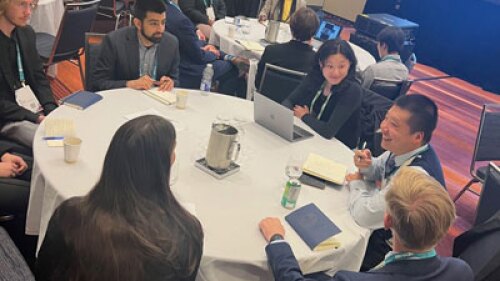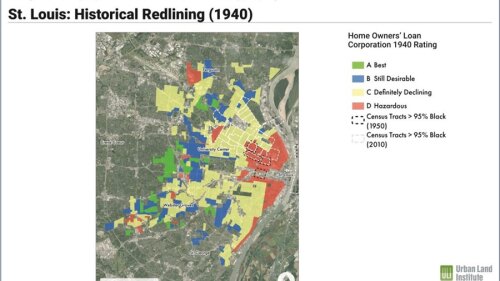Several years ago, while I was with ERA, I participated in the preparation of a redevelopment plan for the beautiful harbor front in Hamilton, Bermuda. When our work was completed, someone raised the question: what about rising sea levels? Back then, we had not factored that scenario into our project; it was simply not addressed because it was considered of little practical importance to the plan. However, in today’s world of coastal planning and development, ignoring the issue is clearly not an option.
Urban planning and development—from oceanfront resort communities to densely populated coastal cities—is being increasingly affected by the impact of climate change, including higher sea levels and storms of greater intensity and frequency.
Hurricane Sandy, which wreaked havoc in New York City, New Jersey, and Connecticut, has certainly elevated the issue. Its destruction captured international attention because New York, a global hub for finance and media, took a direct hit. However, though incredibly tragic, the storm is but the latest in a string of severe weather–related events to affect urban areas around the world. As New York Governor Andrew Cuomo said, “We are having a storm of the century every two years.”
For the real estate industry, the impact of climate change has become a global issue with dramatic local ramifications. It is one of several forces—equaling economic, demographic, and societal changes in significance—that are compelling us to explore different approaches to how, what, and where we build. ULI has been following the issue for years through our Climate Change, Land Use, and Energy (CLUE) initiative. CLUE’s work has focused on the key role that responsible land use—in terms of both the location and design of buildings and public spaces—can play in mitigating climate change. In January, we will build our knowledge base with a CLUE-sponsored forum examining how the industry is adapting to the impact of climate change, with a specific focus on issues related to insuring and financing properties, and the property valuation implications.
ULI’s Greenprint Center for Building Performance is further advancing our work on climate change through its worldwide membership of real estate owners, investors, and financial institutions, all of which are committed to reducing carbon emissions across the global property industry. The center, which tracks carbon emissions and energy consumption of properties owned or managed by Greenprint members, is aiming for a 50 percent reduction in overall building emissions from those properties by 2030.
In addition, ULI’s work analyzing connections between climate change and land use includes research on coastal development and its vulnerability to natural disasters. One example is ULI’s Ten Principles for Coastal Development, published in 2007 following hurricanes Katrina and Rita, which offers some timeless insights on how to 1) best protect coastal properties and natural resources; 2) balance private property rights with public access to the waterfront; and 3) increase value to both individual landowners and the community at large. One of the main takeaways is this: it is time to rethink conventional coastal development. Redevelopment— whether necessitated by reasons economic, environmental, or both—should be viewed as an opportunity to reduce risk, enhance livability, restore natural resources, and increase community resilience.
This is a lesson that might be pondered as the long, massive post-Sandy rebuilding process begins in the Northeast. As in disaster-related situations in the past, ULI will be working closely with our members in the affected areas to determine where and how we can have the most beneficial impact. We stand ready to contribute decades of land use expertise to the redevelopment of these communities.
One of ULI’s great strengths is its ability to offer a global perspective to help achieve the best outcome for a local or regional rebuilding process. We have a deep reservoir of tools that includes the best thinking from our land use and urban development experts, our aggregation of best practices in redevelopment, and our Advisory Services program offering guidance on the restoration and revival of communities around the world. What we are learning about climate change will factor into all of this as we work to create communities better prepared for the environmental realities of the 21st century.




